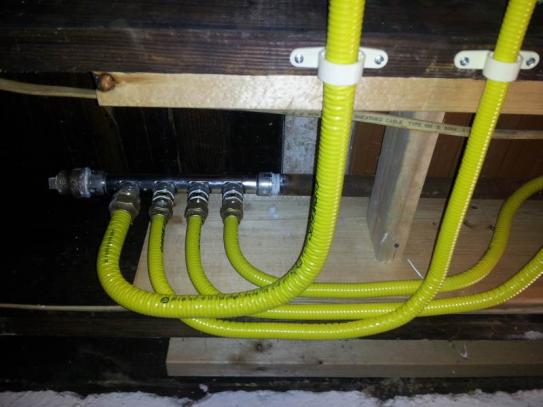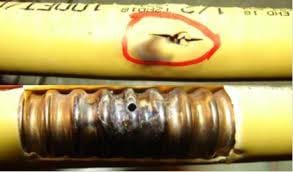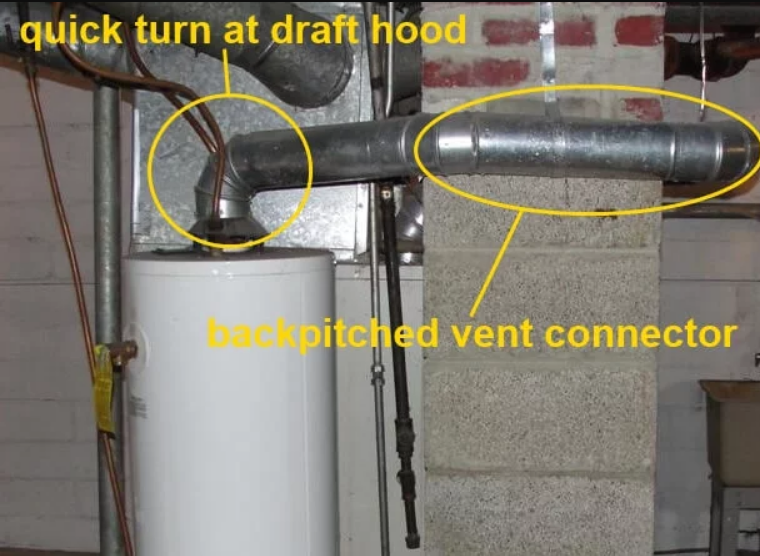Download a pdf copy of this list to print or share with your client by clicking here
FIVE STEPS TO HELP BEST PREPARE YOUR SELLERS FOR THEIR HOME INSPECTION
As many of you prepare for the busy selling season, don’t forget to properly prepare yourself and your clients for home inspections, one of the most critical stages of a real estate transaction.
By properly preparing for an inspection, your sellers can avoid problems that could get in the way of a clean inspection report and complicate a sale.
That’s why we put together this home inspection checklist to help you go into the buying season ready to minimize snags for yourself and your clients.
SHORE UP MINOR WEAR AND TEAR
Routine maintenance is an easy way for homeowners to keep up with minor problems before they escalate. Not all homeowners do this, of course, and even if they do it’s good to double-check some common problem areas prior to inspection.
Outside the home, repair damaged masonry on steps and walkways, and seal cracks in the driveway. Not only will the home look better, but future issues will be prevented. Re-caulk around exterior doors and windows, check flashing and replace any missing or damaged shingles. Replace cracked or broken window glass and loosen any windows painted shut.
Have the fireplace and chimney cleaned and checked by a professional. If home inspectors can’t see into the chimney because of buildup, they won’t be able to inspect it and may need to return after it has been cleaned.
Inside, relatively minor fixes can improve home inspection results. Check for leaky faucets and fixtures, and repair grout around tubs and sinks. An electrician should inspect receptacles and switches and make any needed replacements or repairs.
SERVICE LARGE APPLIANCES
Homeowners should arrange service appointments for their furnace and central air conditioning so that any issues can be addressed before the home inspection.
If the home has battery-operated smoke and carbon monoxide detectors, put in fresh batteries and install additional units if any are missing. Wired units should be tested to ensure they’re functioning.
VERIFY THE COMPLETENESS AND ACCURACY OF THE HOME DISCLOSURE
A seller disclosure form is basically a list of everything the seller knows about the condition of his or her property. This allows potential buyers to understand exactly what they are getting. All physical defects and issues affecting a property's value should be disclosed on the form. The more accurate and transparent you can be on this, the less chance there will be any unexpected discoveries that may hang a deal up.
PULL A CLUE REPORT FOR THE HOME
Sellers can also provide something called a CLUE (Comprehensive Loss Underwriting Exchange) Report —which is a 7-year claims information report from the national underwriter’s database on the property. this can be obtained from the homeowner’s insurance agent and will reveal any claims on issues such as flooding, roof damage from hail, fires, or the lack thereof, etc. This is basically a Car-fax report for the home. Providing this to the buyers will add to the transparency of the transaction and ensure fewer late discovery hang-ups.
PREPARE FOR INSPECTION DAY
On the day of the home inspection, a few easy steps will make the process go as smoothly as possible.
First, allow sufficient time for the inspection. A professional home inspection will take an average of from two and a half to three hours, longer if the home is large. It’s best if the sellers aren’t there for the inspection, though the potential buyer will usually want to be there and should be if at all possible.
Be sure that inspectors have access to all areas of the home. Provide keys to any locked areas, and allow access to the attic, crawl space, garage and yard. Be sure they have access to components such as electrical panels, the main water shutoff and gas meter. Also, make sure they can easily access the water heater, furnace and central air conditioning unit.
Homeowners should make arrangements for pets to be out of the house or contained in a crate for their own safety and that of the home inspector. Dogs, in particular, can be disruptive, and some can become distressed by having an unfamiliar person in their “territory.”
It is always a good idea to store small valuables and medications out of sight and in a secure location for peace of mind. One option is for the homeowner to simply take these items with them when they leave for the duration of the inspection.
Taking these steps can go a long way to prevent or address problems that could negatively affect the inspection, make a potential buyer less confident about the home and lower your and your clients’ chances at a smooth transaction and a top-dollar sale.
An inspection-ready home presents itself best for evaluation and makes the entire process go more smoothly.






















